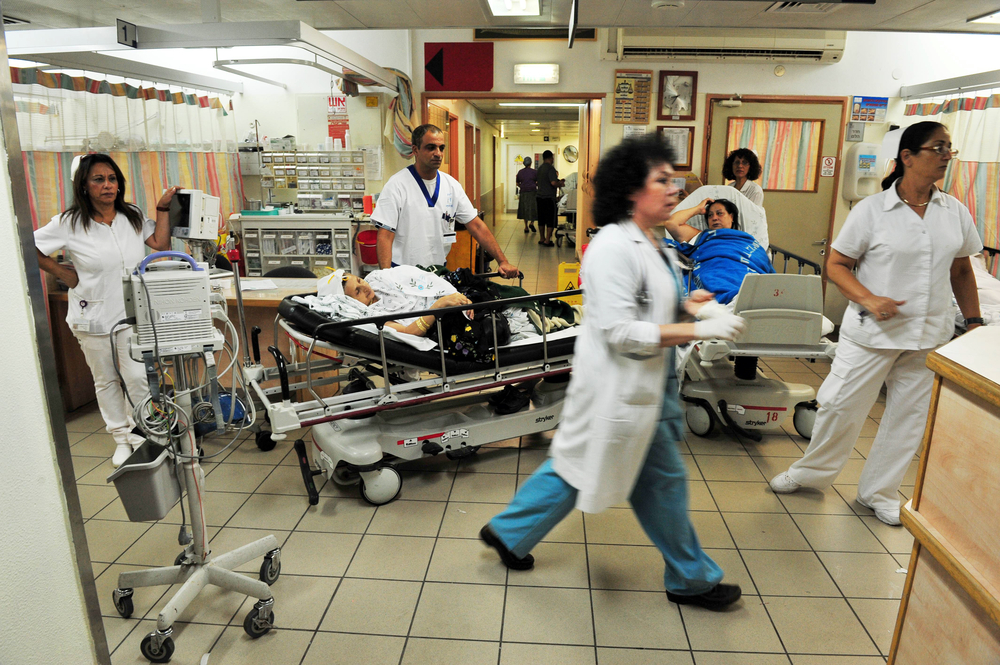Emergency Department Overreads and Discrepancies

Discrepancies are only found in less than 15% of emergency radiologists’ interpretations — however, over 90% of these second readings result in a change in patient care. ED radiologists at the University of Washington in Seattle studied the records of over 5,800 patients transferred to their Level 1 trauma center at UW Medicine during a one-year period. Corresponding author Jeffrey Robinson, MD, MBA, and his colleagues’ study report was published online Aug. 13 in JACR.
Overread interpretations are common in critically ill transfer patients and not unexpected since emergency care staff don’t know patient histories. The study was the first to analyze the clinical impact of ED department overreads. The high rate of change in care “confirms the relevance of radiology overreads by emergency medicine physicians, who act on these reports.”
UW Medicine’s ED policy for every patient transferred for emergency treatment is to overread advanced-imaging exams routinely. ED radiologists do second reads of CT and MRI studies, and software automatically flags discrepancies filed at the sending sites.
Researchers discovered 669 discrepancies of 5,834 overreads, resulting in changes in patient care for 613 of the 669 discreps. Changes in care included:
- Extended stay in the ED department – 81%
- Selection of consulting services – 61%
- Patient disposition was affected – 13%
- Changes in outpatient follow-up – 8%
The research team emphasized that handling exams performed at sending sites is not an uncommon challenge experienced at referral facilities. The issues are especially crucial in emergency settings because a patient’s primary diagnosis “may be in doubt, and changes in interpretation significantly affect management.”
Their study also revealed that even when there was no discrepancy, the “second look often provided additional information to the emergency provider.” Identifying injury patterns such as flail chest from multiple rib fractures or identifying solid organ injury can result in significant changes in patient care. The added value is “worth the effort to design workflows to routinely overread CT and MRI exams of emergently transferred patients,” according to the researchers.
Their conclusion asserts, “The culture of both the emergency department and radiology department must evolve to the point where the overreading of outside exams is expected, and not an imposition. The perception that these overreads are not reimbursed is pervasive and is the subject of further investigation.”